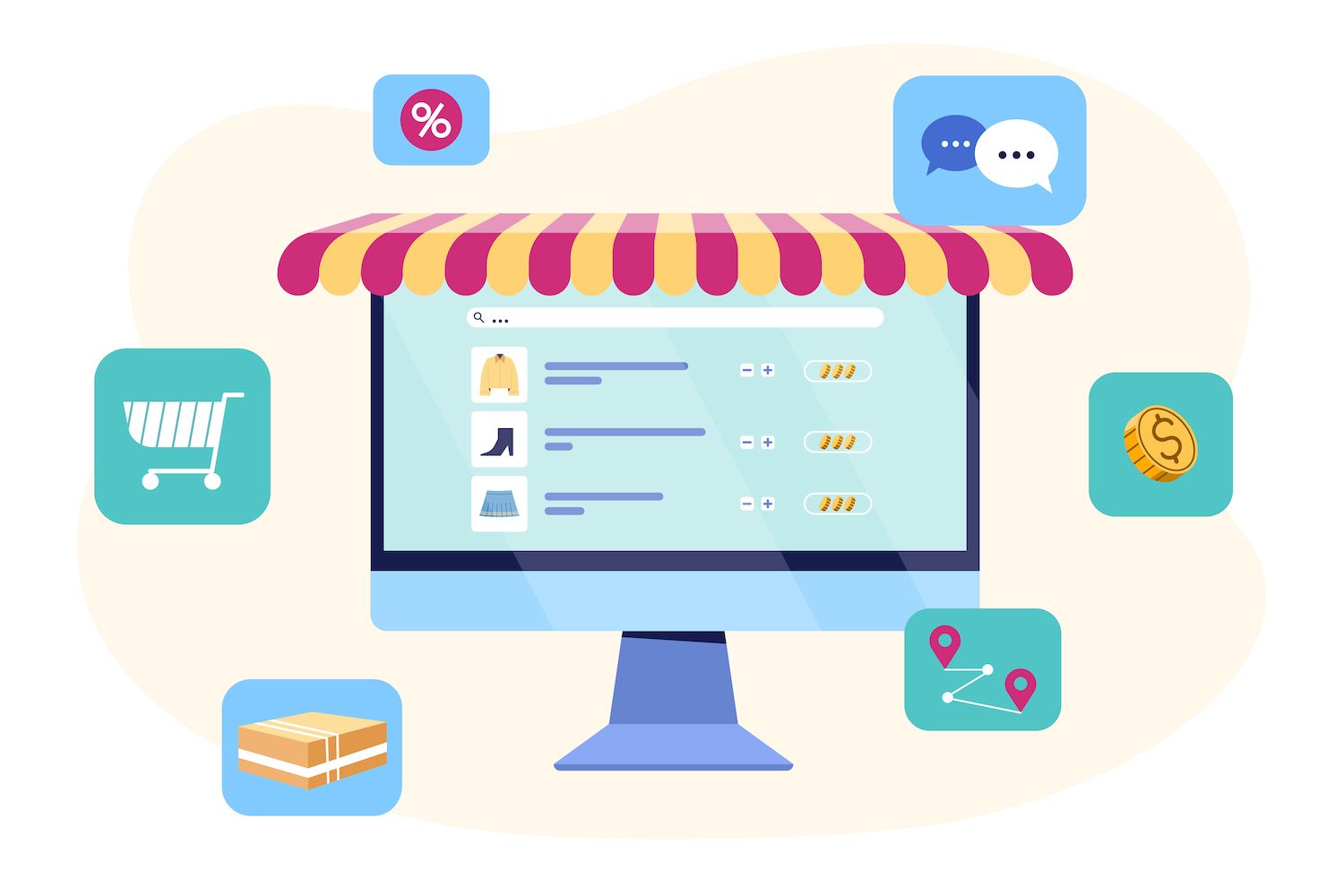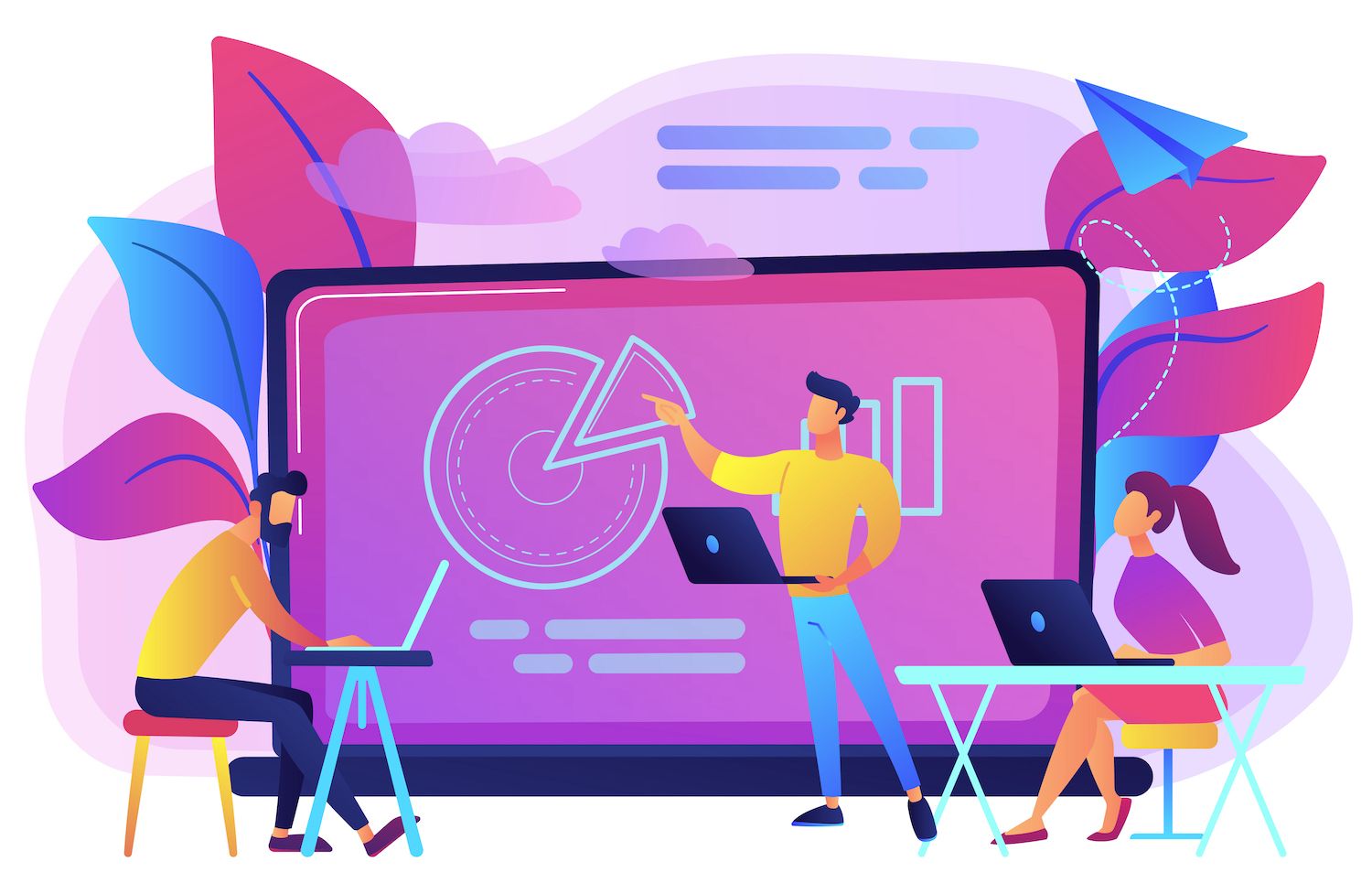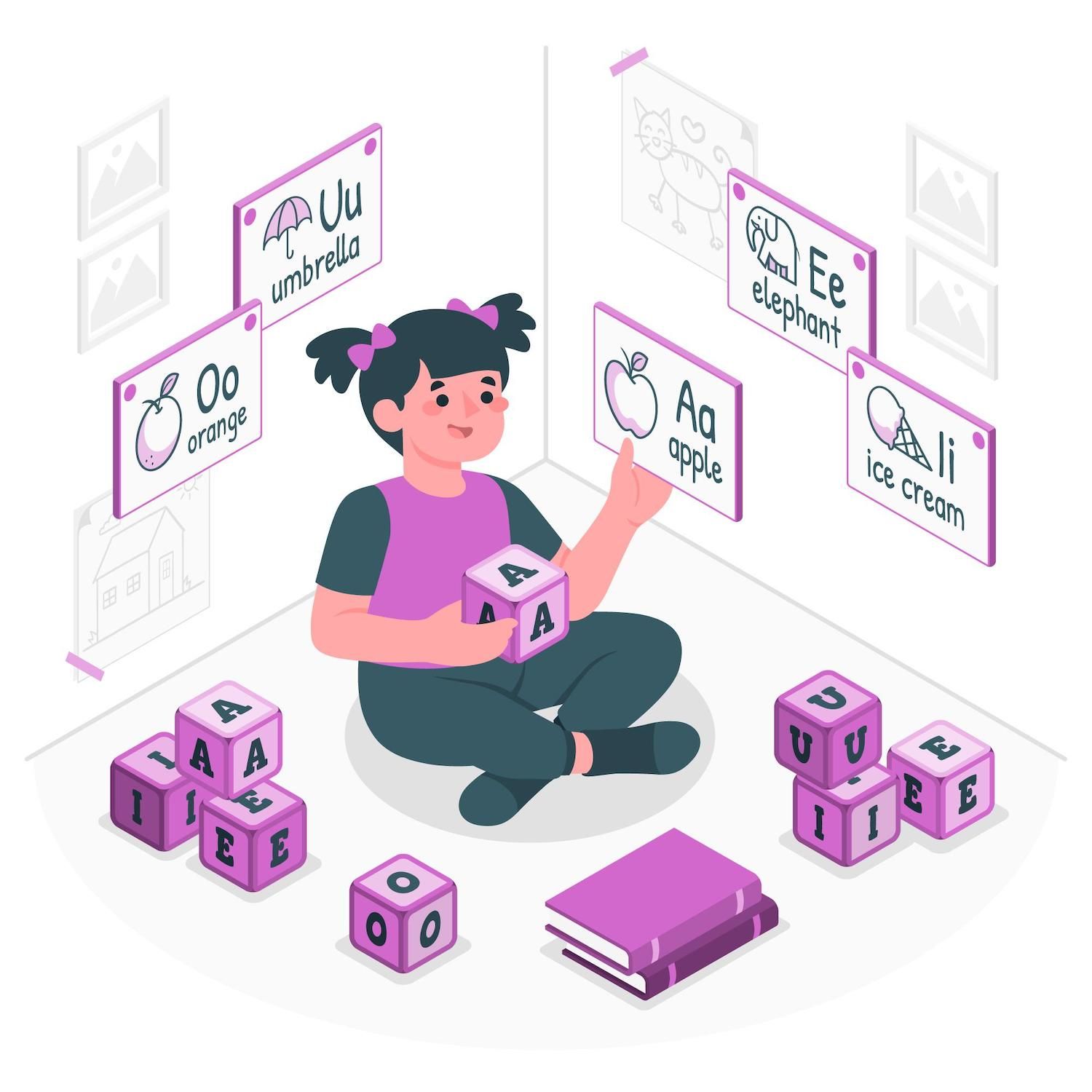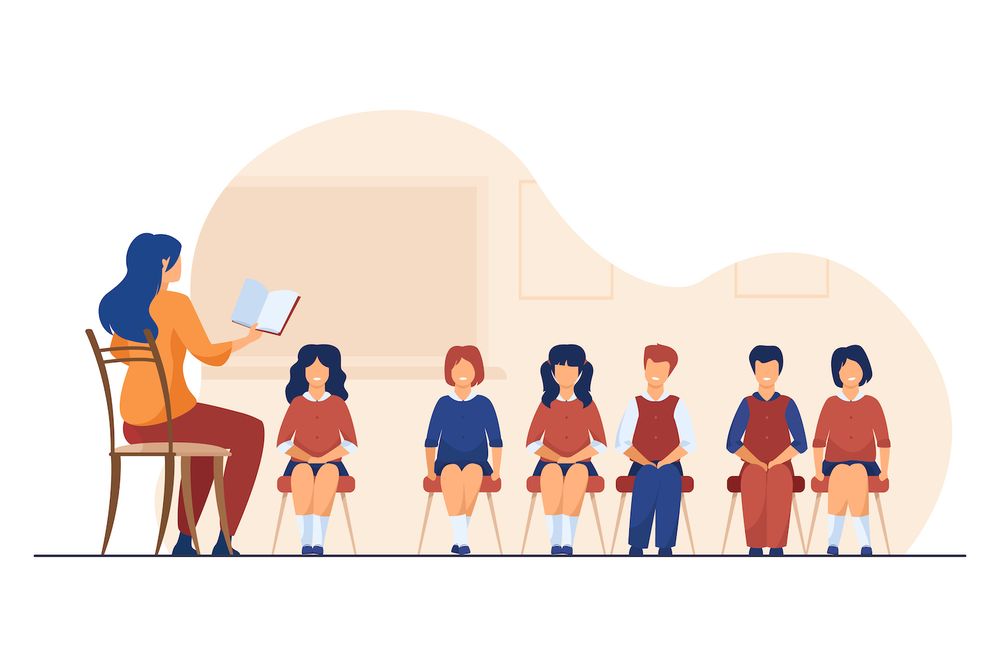Critical Customer Success Benchmarks to SaaS and B2B Companies
Customer success benchmarks for SaaS and B2B firms help companies compare their performances to industry benchmarks and ensure that they are in line with their customers' expectations, increasing satisfaction and retention.
We'll go into some of the key benchmarks for customer success like CLV, CSAT, and churn rates, teach you how you can calculate them, review strategies to increase retention, and provide our top tools to track customer satisfaction. Let's get started!
Skip Ahead
- The introduction of customer success benchmarks
- Understanding churn rates and their effects
- The most important metrics to use to measure customer satisfaction
- Strategies for improving client retention
- Best tools to track customer performance
- Final
Introduction to Benchmarks for Customer Success
Customer success is the method by which companies assure that their customers are satisfied with the product or service they offer and ultimately affecting the customers' loyalty to the company's brand. Customer success is essential in SaaS and B2B businesses is paramount for the success of your company. Satisfied customers tend to buy more often and will refer you to others.
So, for a process so important as success for customers what is the best way to measure it? Incorporate customer satisfaction metrics. Key performance indicators (KPIs) can help you determine what elements of your system are performing well and which aspects require improvement.
Customer time value (CLV) and Net promoter score (NPS), and customers' satisfaction (CSAT) provide valuable insights into your customer success strategy in that they allow you to identify the problem, analyse, and enhance certain aspects of your customers' experience.
Benchmarks are essential because they allow you to compare your business's performance to the average company in the same industry. As an example, as per Recurly Research, the average the churn rate for a B2B company is 4.91%, lower than the 6.77 percentage that is typical for B2C businesses. Thus it's clear that a B2B firm with a churn rate of 6% knows there's potential for improvement since they have a more frequent churn than the industry average.
Understanding churn rates and the effect they have
The rate of churn is among the most important customer success metrics because it can help to understand the effectiveness of your Customer Success process.
The churn percentage is the amount of customers you've lost in a specified period and is represented in a percentage. To determine your churn rate you must follow this formula:
Churn rate ( percent) = ( Lost customers (at the end of specified period of time) (or Total customers (at at the time of beginning the specified timeframe) ) * 100
An easy Google search of the "churn rate formula" can yield a variety of outcomes. One common difference is how to represent the churn rate--whether in percentage or decimal form. The formula we use yields an amount that is easier to understand.
An additional variation worth noting is growth (new customers acquired) in the calculation. Incorporating growth could skew your understanding of the actual rate of churn. Let's look at an example.
( 10 lost customers / 100 customers ) * 100 = 10%
With the growth of:
(10 loss of customers = five new customers per 100 new customers) * 100 = 5%
In both equations, the amount of lost customers is the same, but the final rate changes significantly. The second formula underestimates the impact of churn on customers that could cause companies to overlook issues that are underlying the customer success process. Therefore, when you calculate the churn of customers and perform a churn analysis make sure the formula you choose to use produces exactly what you're hoping for.
The average churn rate by sector
| Industry | The rate of churn (source) |
|---|---|
| Average SaaS churn rate | 3% - 14% (Fullview & Cobloom) |
| Technology and IT service churn rate | 12% (CustomerGauge) |
| Average telecommunications churn rate | 31% (CustomerGauge) |
| Average financial services churn rate | 19% (CustomerGauge) |
| Average e-commerce platform churn rate (non-subscription) | 70% - 80% (Sellzone) |
| Average e-commerce platform churn rate (subscription) | 5.57% (Sellzone) |
Something to keep at heart when gathering churn benchmarks for your industry It is important to utilize appropriate rates for your stage.
Here's what Kevin Nakao, the Managing Director of REVgtm Says. "A business with less than $5 million of Annual Recurring Revenue (ARR) is still trying to find a product that is market-ready, whereas a larger, large-scale company hasn't only reached this point, but also been able to confront the law of massive quantities. Paddle, which provides the infrastructure to manage billing and payments for SaaS businesses and works with VCs such as Openview for access to portfolio data and portfolio data access, provides an example of this. Their data shows that companies with less than $1 million of ARR, have a Gross Retention Rate of 84%, compared to 89% for companies that have over $50 million ARR."
When you are comparing the performance of your company to other businesses in your field Try to become as small as is possible.
Next, let's take a look at some additional customer satisfaction indicators to watch for.
Key metrics for measuring customer success
In addition to churn rate in addition to churn rate, there are a variety of SaaS customers' success metrics numerous B2B as well as SaaS businesses track. Let's define three of the most crucial metrics and explain their significance.
Customer satisfaction
CSAT stands for Customer Satisfaction. (CSAT) is a metric which measures whether your product or service meets or exceeds the expectations of your customers.
The metric is usually measured using quantitative surveys. Participants are asked to assess their level of satisfaction with your company in a range of one to five (highly dissatisfied to very content).
Then, to calculate the CSAT to calculate your CSAT, simply divide the total number of happy and extremely satisfied participants by the number of participants who completed the survey and multiply by 100 for an approximate percent.
CSAT = (Number of satisfied respondents (rating either 4 or 5) / Total number of respondent ) * 100
CSAT directly affects:
- Customer retention rates
- Information on the general customer experience
- Understanding of alignment with needs of the customer
Overall, your CSAT measurement aims to determine the likelihood of your clients are with your service. If they are not satisfied, the CSAT acts as a warning indication to you investigate where the business is misaligned to the needs of customers.
Net promoter score
Net enhancer score (NPS) can be described as a measurement that allows companies to measure customer satisfaction and the likelihood that clients will recommend their product or service to others.
To gather data for the NPS score, simply ask just one question in your next survey Which of the following is more likely to recommend our product or service to a family member, friend member, or even a colleague?
Respondents rate their responses on a scale from zero to 10 (highly likely to highly unlikely). Respondents who replied between zero and six are considered "detractors," those scoring 7 or 8 are referred to as "passives," and respondents with scores between 9 and 10 are referred to as "promoters."
To determine your NPS, take the percentage of detractors and subtract it from the percentage of promoters.

"In the B2B sector--where word-of-mouth is critical and reputational excellence is king--understanding NPS will help us understand the concept of brand advocacy. ..."
- Derek Bruce, the Operations Director for First Aid at Work,
Therefore it's true that not only are satisfied customers more likely keep buying from you, but they're also more likely to bring referral traffic. Both are inexpensive income sources when compared with the prospect of acquiring new customers making NPS an extremely valuable measure to understand the potential in terms of revenue as well as the satisfaction of customers.
Customer lifetime value
Customer lifetime value (CLV) determines the client's overall revenue over the duration of their association to your company.
CLV is vital to the customer's success since it indicates the total monetary worth of a customer throughout the relationship they have with you.
Then, divide the value of your customer by your average life-time of the customer (which is the average amount of time customers are active divided by the number of customers.
The equation in the end will be as follows:
IMAGE: CLV = Customer value x Average customer lifespan
Take into consideration the cost of acquisition for customers (CAC) as well as operational costs for a more precise CLV.
"This [CLV] is not just a measure of your customer's health but also can provide the information you need to know the amount you need to invest to get a new customer. If you've got a high customer retention percentage (+90 percent), you can make the case for acquiring clients for the future of their profit and value."
-Kevin Nakao, Managing Director at REVgtm
Derek summarizes how these three indicators work together to inform the process of achieving customer satisfaction " Grasping these metrics collectively--NPS and CSAT scores alongside CLV--not only helps us identify our strengths, but also helps us identify enhancement opportunities," he says. "High NPS and CSAT scores demonstrate strong relationships with customers which often lead to an increase in CLV. Thus in focusing on improving these indicators, we commit not just to making immediate money but rather to building a durable customer base who truly appreciates and trusts... to long-term ."
Strategies to improve customer retention
Building a solid relationship with your customers is equally or even more important than bringing in new customers. In addition, increasing customer retention is cheaper than finding new customers and is often simpler because they've already committed to your company at least once.
Three proven methods to improve customer satisfaction that can increase customer retention.
Personalized customer experiences
An experience that is personalized for customers makes clients feel appreciated and valued. The process of personalizing the experience for customers is as easy as using their name or even more complex as using predictive analytics to predict their unique needs.
Proactive management of customer success
Here are some other positive strategies for customer success that you can take into consideration:
- Regular check-ins encourage you to keep track of your clients' progress and their progress and achievements before issues even arise. The goal is to predict and resolve all issues prior to them becoming more severe.
- predictive analytics helps teams foresee customer concerns, like regular check-ins, before they occur, allowing you to resolve them prior to customers experience significant problems.
Making use of customer feedback efficiently
Inquiring for feedback, similar to surveys of customers, are a common method to gather data on customer satisfaction. In addition to solicited feedback, you should consider other methods such as social listening. This is where you monitor social media and online review platforms for feedback that may not be submitted to you directly.
Both solicited and unsolicited feedback are great ways to understand what level of satisfaction customers have with your product or service and assess opportunities for improvement. The most crucial thing about your feedback is that you address it.
Examine your feedback to identify the common themes and trends create an action strategy for responding to these feedback trends quickly. When you've completed the modifications, make them available to the customers you serve. Alongside appreciating your changes, showing that you've received and acted on customer feedback can let them know that you value their feedback and increase loyalty and satisfaction from your customers.
Now, with a strong understanding of customer success benchmarks and customer success strategies we can turn our attention to the instruments to track customer success.
Top tools for tracking customer success

Simple to use by both customers and for your customer service team. Plus' key features include an individual customer success team, unique environments for supporting users across multiple sites, advanced customization for brand-specific experiences and the ability to have unlimited administrators.
Tidio

In contrast to Plus The Tidio platform is designed to support your customer support process rather than assist in educating, onboard, or train customers. It's primary function is to help you connect with your customers through various ways.
The platform Tidio provides AI-powered live chat system, chatbot developers, Shopify order management, advanced ticket tracking, native analytics tracking, and more.
The Front

Front is a communications platform which streamlines communication between your clients and your customer support team. It provides one central place to manage all external and internal communication channels such as emails, text messages social media, text messages, and more.
Users are able to attach tasks to messages, interact with each other and handle all communications from Front. Its features include message tagging as well as collaborative response drafting. productivity analyses, workflow automation and integrations with other common software tools used in the industry.
Want to learn about more metrics for customer satisfaction? Download our free guide to learn more about customer success benchmarks.
Your customers are set up to be successful.
The most effective way to make sure your customers are happy is to ensure that you're delivering the results they want with your product or service. It requires expertise, and the Customer Training LMS Software can be the sole way to build that knowledge effectively at size.
Conclusion
We thank you for exploring customer success benchmarks for SaaS and B2B businesses with us.
If you're looking to move on and receive individualized guidance on how for streamlined customer-success strategies and boost your performance with online learning, get price details and a live demo of Plus. Don't be afraid to reach out to our specialists.
